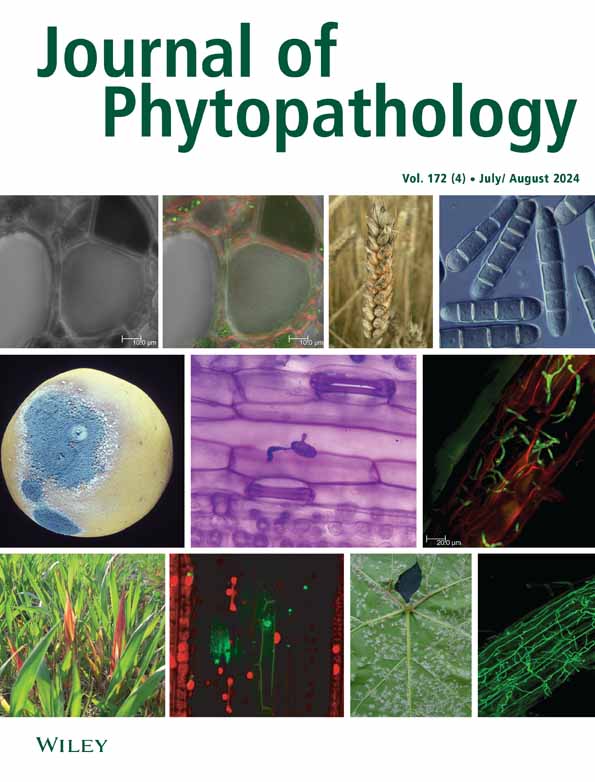Albugo candida causing white rust disease is a serious threat in cultivation of oilseed Brassicas particularly Brassica juncea when inflorescence infection (staghead) is high. Stagheads carry oospores which are the perpetuating structures and primary source of inoculum in white rust disease. However, two aspects that still needs to be addressed in A. candida-B. juncea pathosystem are determination of optimum oospore germination conditions and oospore viability assessment. Thus, here we have described a protocol for optimum oospore germination in samples derived from naturally infected stagheads of B. juncea on β-glucuronidase aryl sulfatase (a type of snail gut enzyme) treatment. The results indicates that 3% enzyme concentration induces ≥ 50% of oospores to germinate at 7°C, 10°C and 13°C after incubating for 24–48 hours. We also determined viability of staghead-derived and seed lot derived oospores through plasmolysis (using 4 M sodium chloride) and trypan blue staining. The results indicate the significant superiority of plasmolysis method in detecting viable oospores of A. candida than trypan blue staining. The techniques described here can be utilised for carrying out studies on oospore mating behaviour, sexual recombination and assessment of oosporic inoculum viability in A. candida-B. juncea pathosystem.


